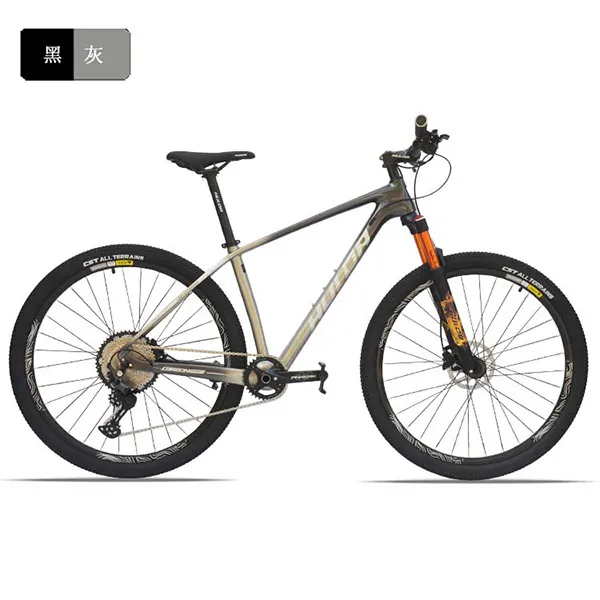
- Afrikaans
- Albanian
- Amharic
- Arabic
- Armenian
- Azerbaijani
- Basque
- Belarusian
- Bengali
- Bosnian
- Bulgarian
- Catalan
- Cebuano
- Corsican
- Croatian
- Czech
- Danish
- Dutch
- English
- Esperanto
- Estonian
- Finnish
- French
- Frisian
- Galician
- Georgian
- German
- Greek
- Gujarati
- Haitian Creole
- hausa
- hawaiian
- Hebrew
- Hindi
- Miao
- Hungarian
- Icelandic
- igbo
- Indonesian
- irish
- Italian
- Japanese
- Javanese
- Kannada
- kazakh
- Khmer
- Rwandese
- Korean
- Kurdish
- Kyrgyz
- Lao
- Latin
- Latvian
- Lithuanian
- Luxembourgish
- Macedonian
- Malgashi
- Malay
- Malayalam
- Maltese
- Maori
- Marathi
- Mongolian
- Myanmar
- Nepali
- Norwegian
- Norwegian
- Occitan
- Pashto
- Persian
- Polish
- Portuguese
- Punjabi
- Romanian
- Russian
- Samoan
- Scottish Gaelic
- Serbian
- Sesotho
- Shona
- Sindhi
- Sinhala
- Slovak
- Slovenian
- Somali
- Spanish
- Sundanese
- Swahili
- Swedish
- Tagalog
- Tajik
- Tamil
- Tatar
- Telugu
- Thai
- Turkish
- Turkmen
- Ukrainian
- Urdu
- Uighur
- Uzbek
- Vietnamese
- Welsh
- Bantu
- Yiddish
- Yoruba
- Zulu
Feb . 13, 2025 15:23 Back to list
mountain bike downhill bike
Finding the perfect mountain bike for sale can be an exhilarating experience, especially when you know what to look for. As someone who has navigated the rugged terrains of both the sport and the market for years, I can confidently guide you through this process with insights that blend expertise, authority, and trustworthiness.
Wheel size is another crucial aspect. 26-inch wheels are becoming less common, while 27.5-inch and 29-inch wheels dominate the market today. 27.5-inch wheels deliver agility and quick handling, whereas 29-inch wheels provide better momentum over obstacles and improve stability at speed. Componentry is the heart of your bike’s performance. Pay attention to gears, brakes, and cranks, as they determine your bike's efficiency, control, and power transfer. Shimano and SRAM are the leading brands providing reliable and high-performing components. Opt for hydraulic disc brakes over mechanical ones for better stopping power and modulation in diverse conditions. Before finalizing your purchase, thoroughly inspect the bike’s condition if buying secondhand. Check for any signs of wear, such as cracks in the frame or rust. Test the shocks and brakes to ensure they’re functioning correctly, as repairs can be costly. Finally, trust reputable dealers or platforms when buying a mountain bike. Look for outlets providing warranties or trial periods, allowing you to test the bike’s feel and fit. A trustworthy seller will offer insights and recommendations tailored to your needs. In essence, selecting the right mountain bike requires not just a personal understanding of your needs but also trusted guidance from those who hold deep expertise in the domain. With these comprehensive considerations, equipped with authority and trustworthiness, you’re ready to seize the trails, ensuring your new bike is perfectly aligned with your adventure aspirations.


Wheel size is another crucial aspect. 26-inch wheels are becoming less common, while 27.5-inch and 29-inch wheels dominate the market today. 27.5-inch wheels deliver agility and quick handling, whereas 29-inch wheels provide better momentum over obstacles and improve stability at speed. Componentry is the heart of your bike’s performance. Pay attention to gears, brakes, and cranks, as they determine your bike's efficiency, control, and power transfer. Shimano and SRAM are the leading brands providing reliable and high-performing components. Opt for hydraulic disc brakes over mechanical ones for better stopping power and modulation in diverse conditions. Before finalizing your purchase, thoroughly inspect the bike’s condition if buying secondhand. Check for any signs of wear, such as cracks in the frame or rust. Test the shocks and brakes to ensure they’re functioning correctly, as repairs can be costly. Finally, trust reputable dealers or platforms when buying a mountain bike. Look for outlets providing warranties or trial periods, allowing you to test the bike’s feel and fit. A trustworthy seller will offer insights and recommendations tailored to your needs. In essence, selecting the right mountain bike requires not just a personal understanding of your needs but also trusted guidance from those who hold deep expertise in the domain. With these comprehensive considerations, equipped with authority and trustworthiness, you’re ready to seize the trails, ensuring your new bike is perfectly aligned with your adventure aspirations.
Latest news
-
The Ultimate Kids' Four-Wheeler Experience
NewsJul.09,2025
-
The Ultimate Guide to Mountain Bikes: Gear Up for Your Ride
NewsJul.09,2025
-
The New Age of Cycling: Electric Bikes for Every Rider
NewsJul.09,2025
-
The Best Kids Bicycles: Ride in Style and Safety
NewsJul.09,2025
-
The Best 3-Wheel Scooters for Kids: Fun, Safety, and Adventure
NewsJul.09,2025
-
Revolutionize Your Ride: Affordable Electric Bikes
NewsJul.09,2025
-
Finding the Perfect Mountain Bike for Every Rider
NewsJul.09,2025



